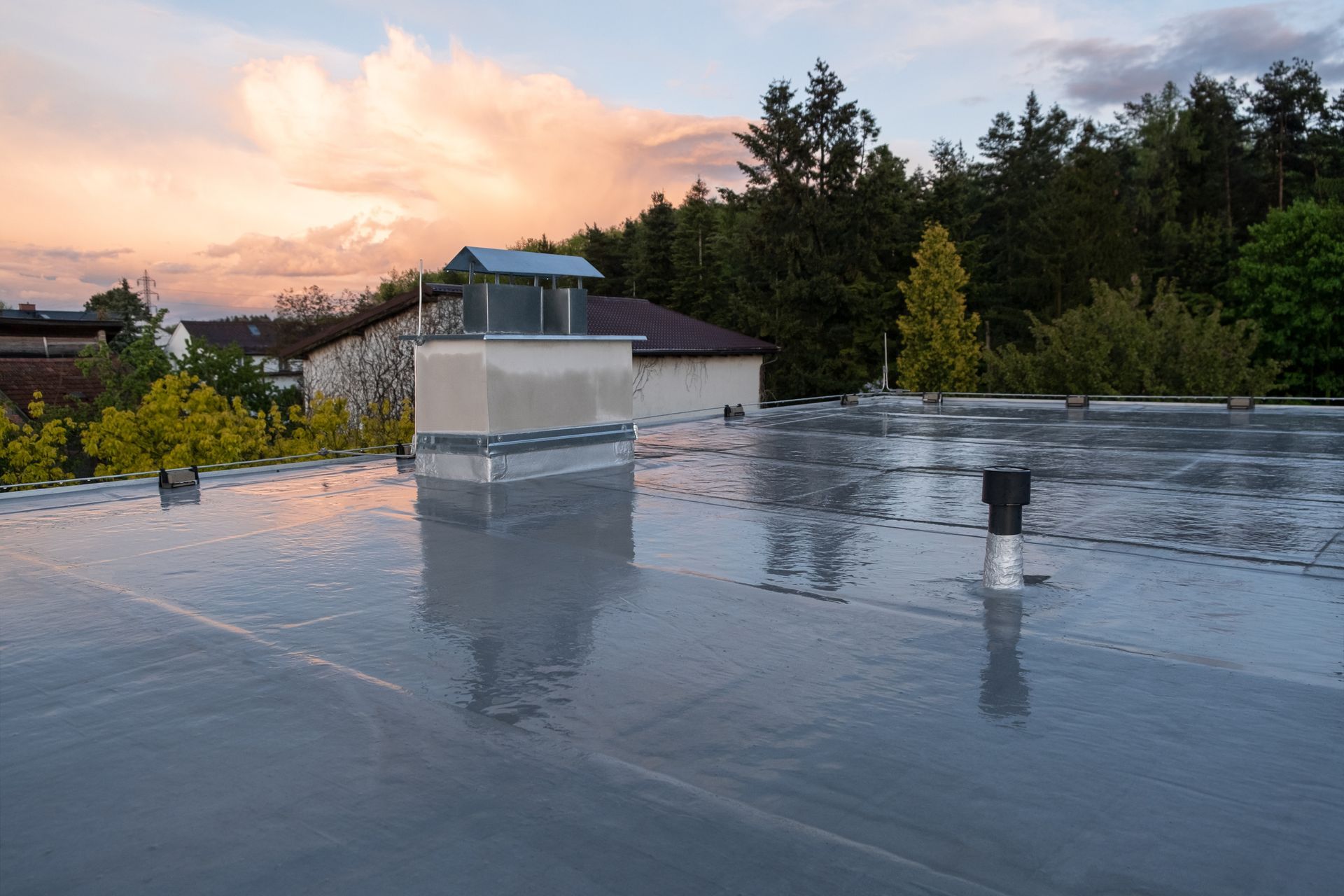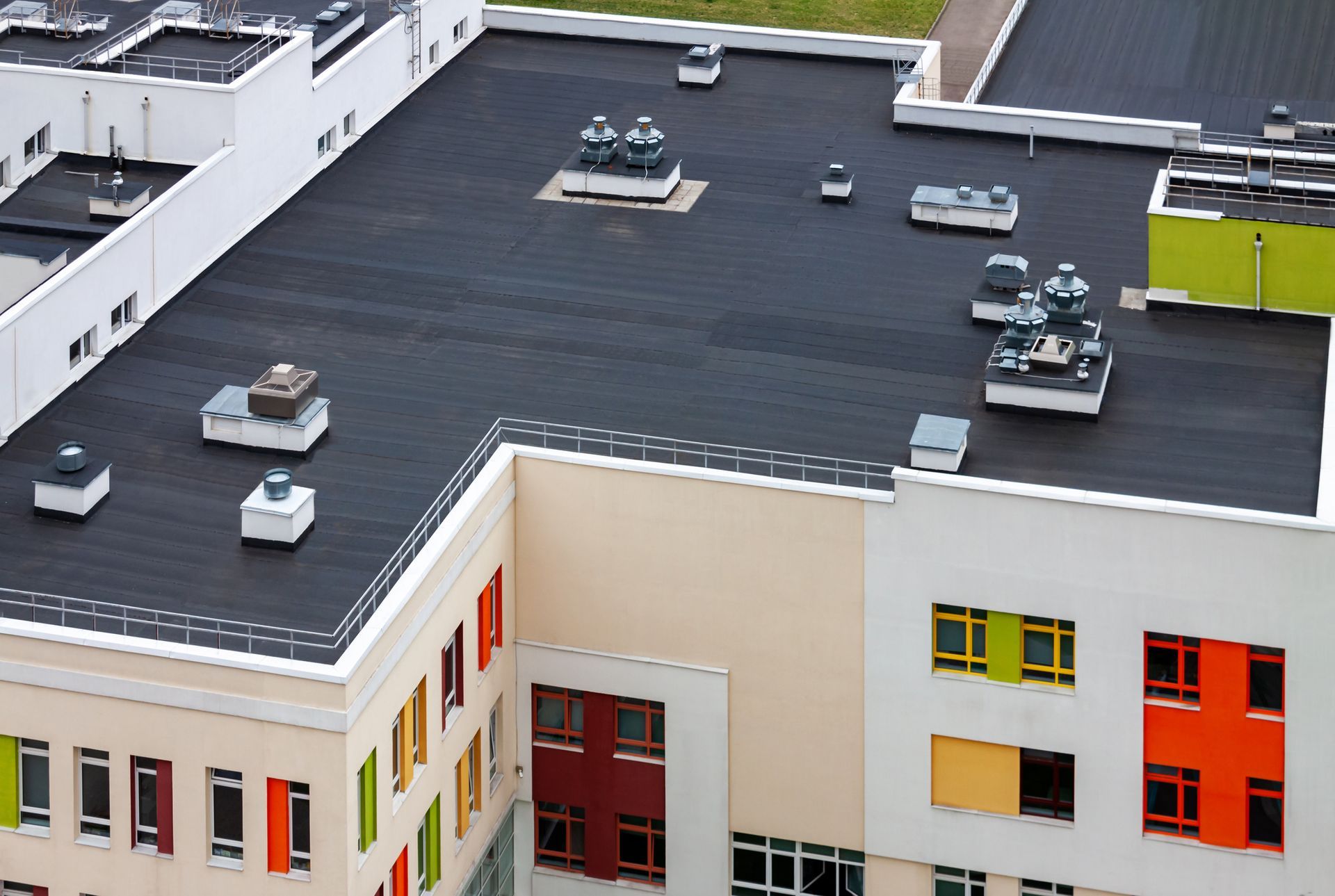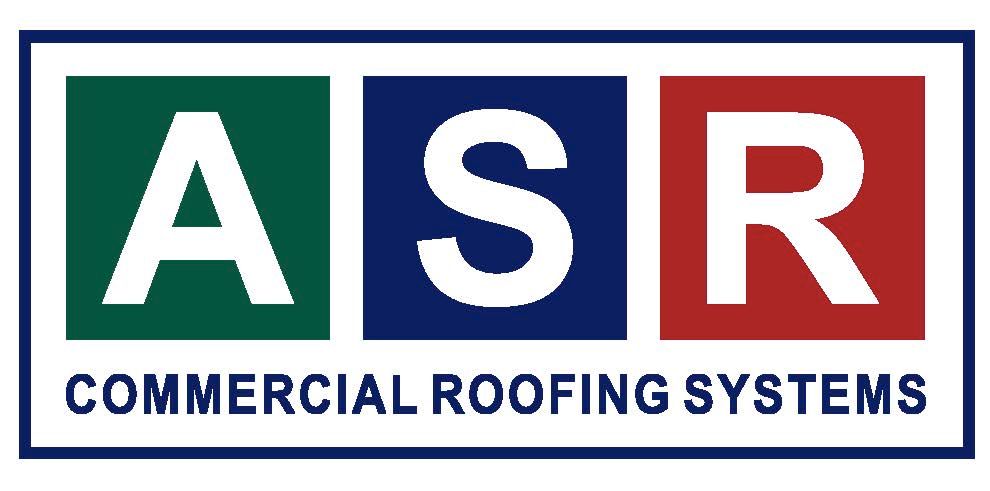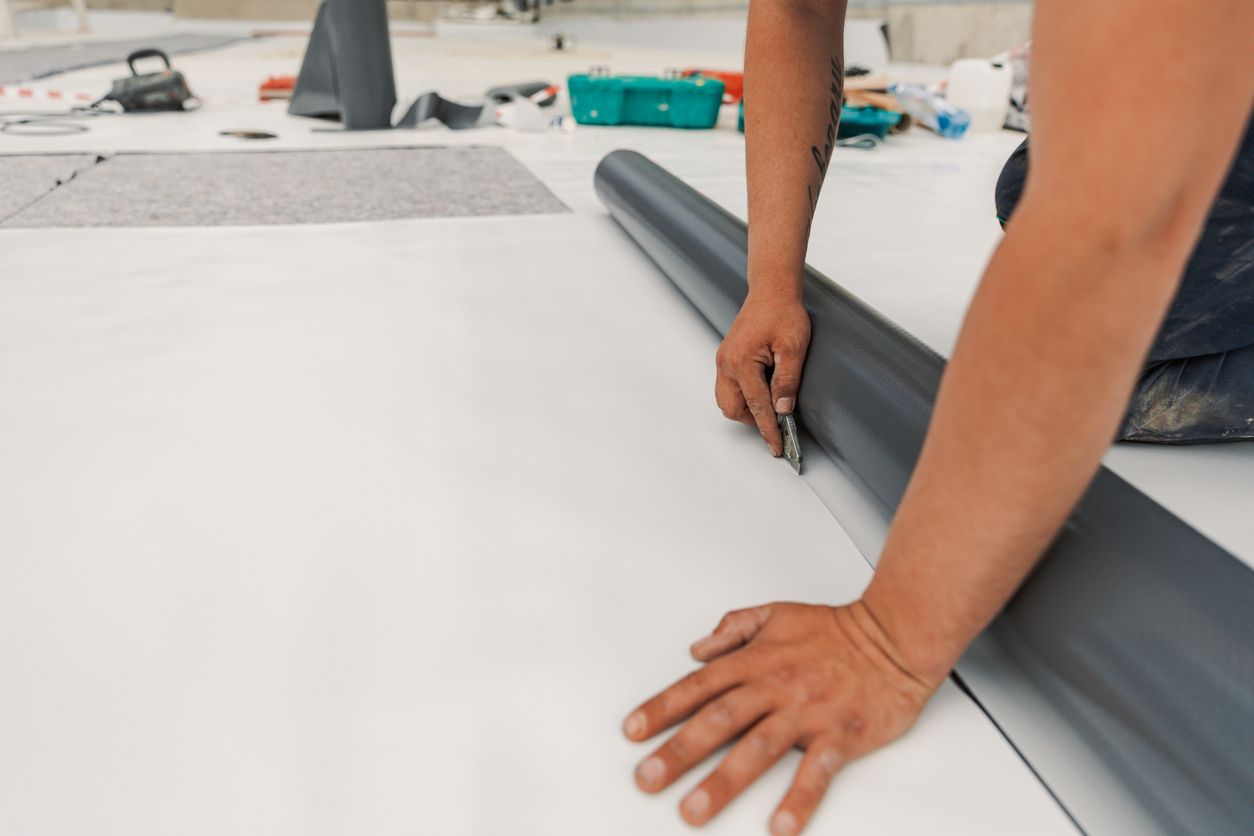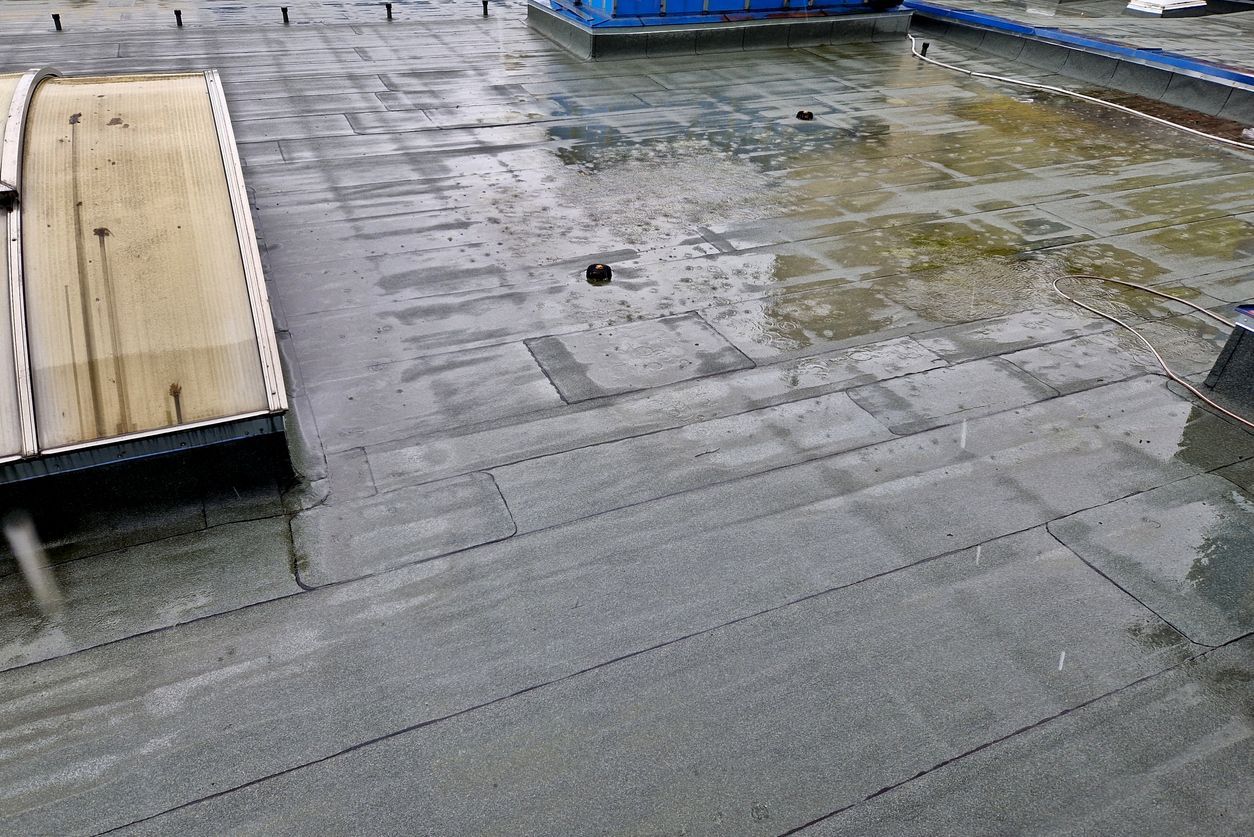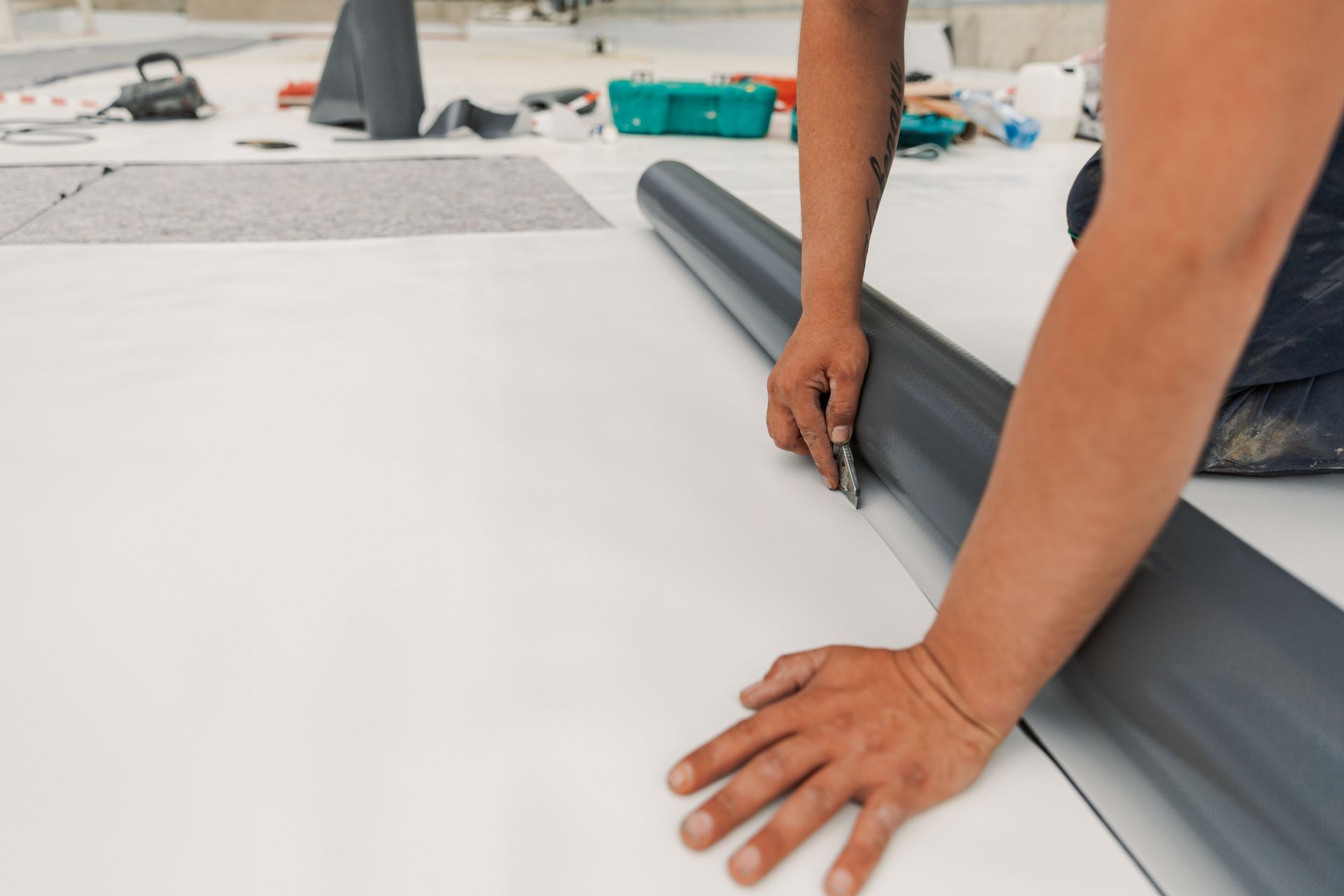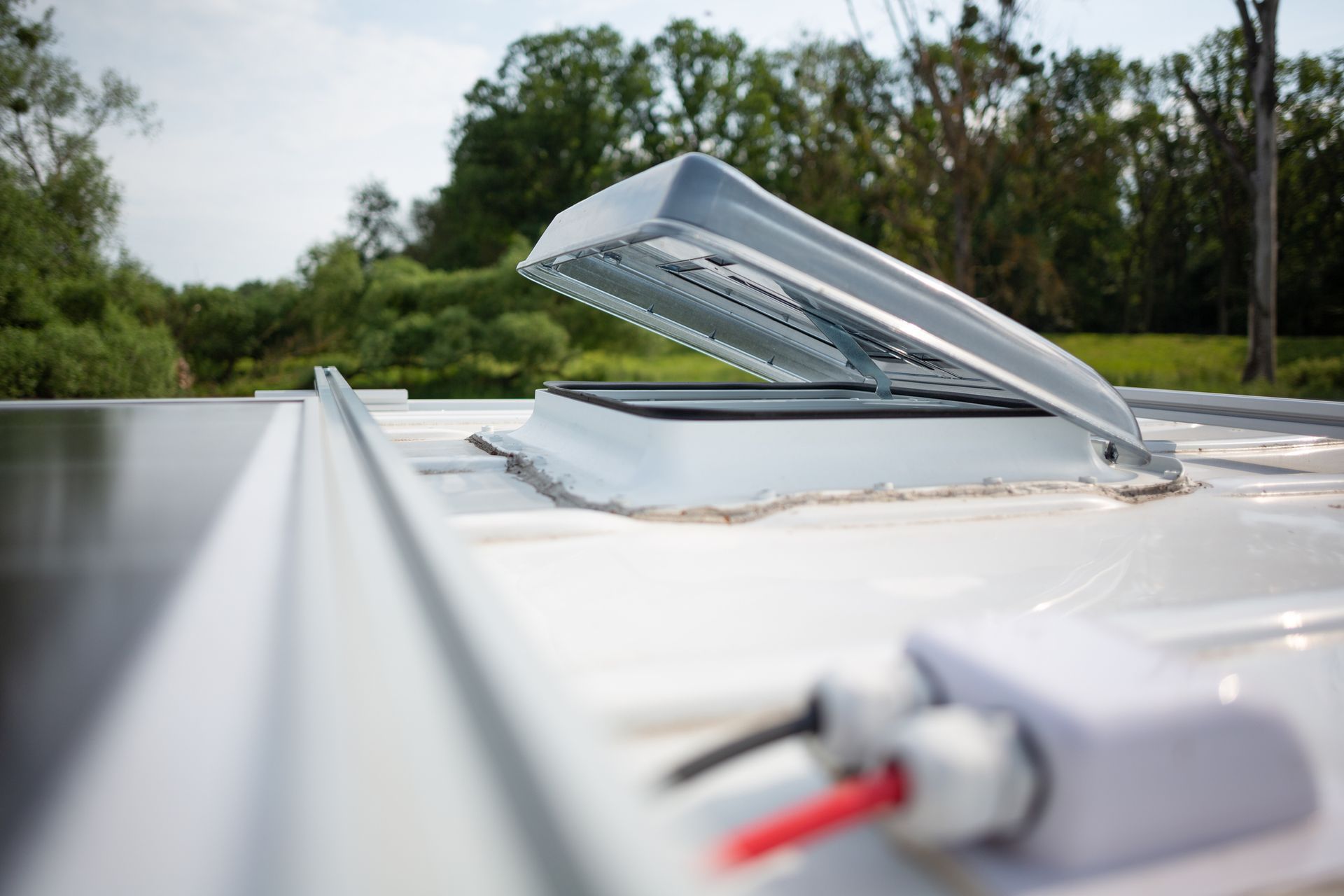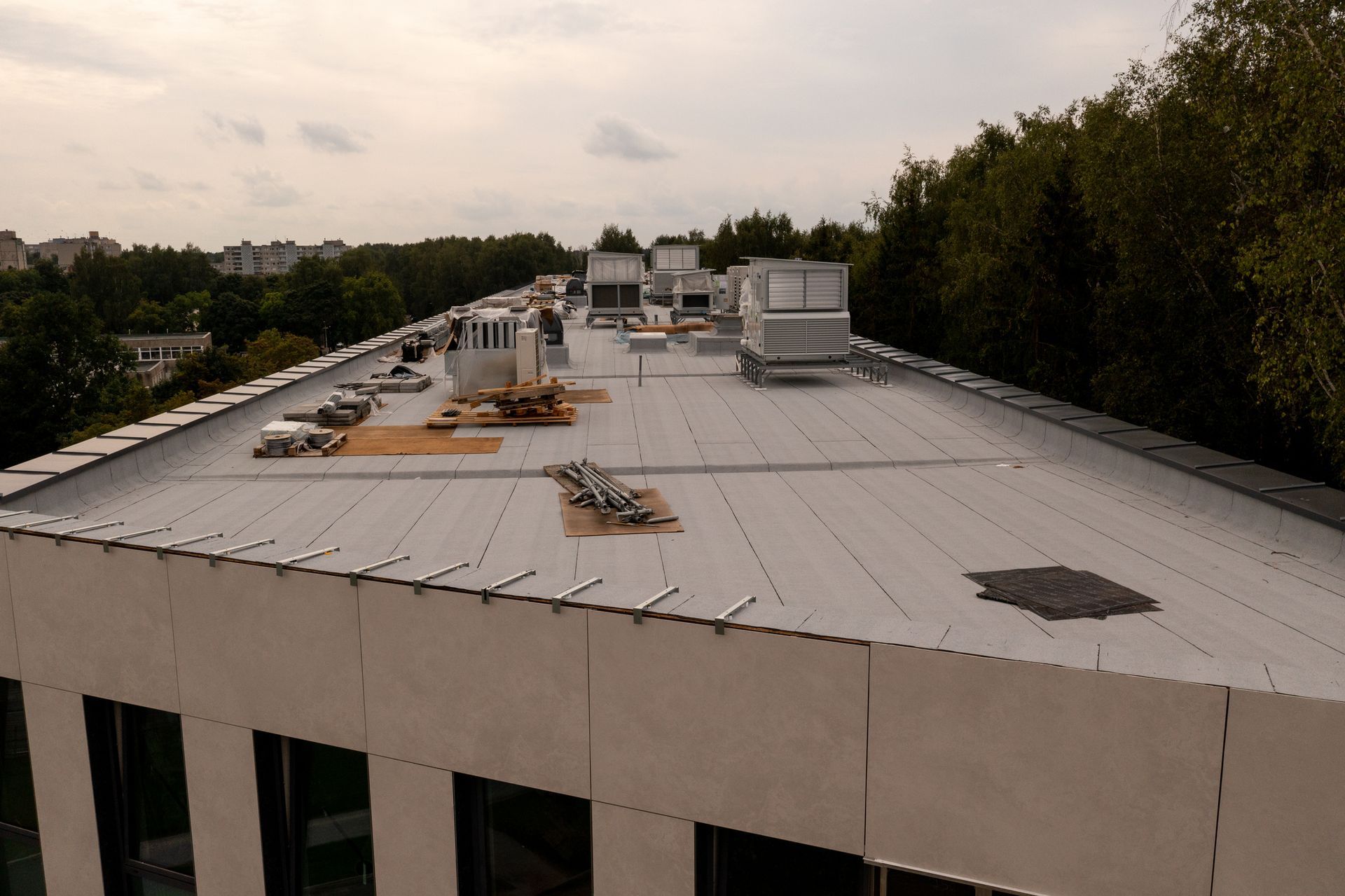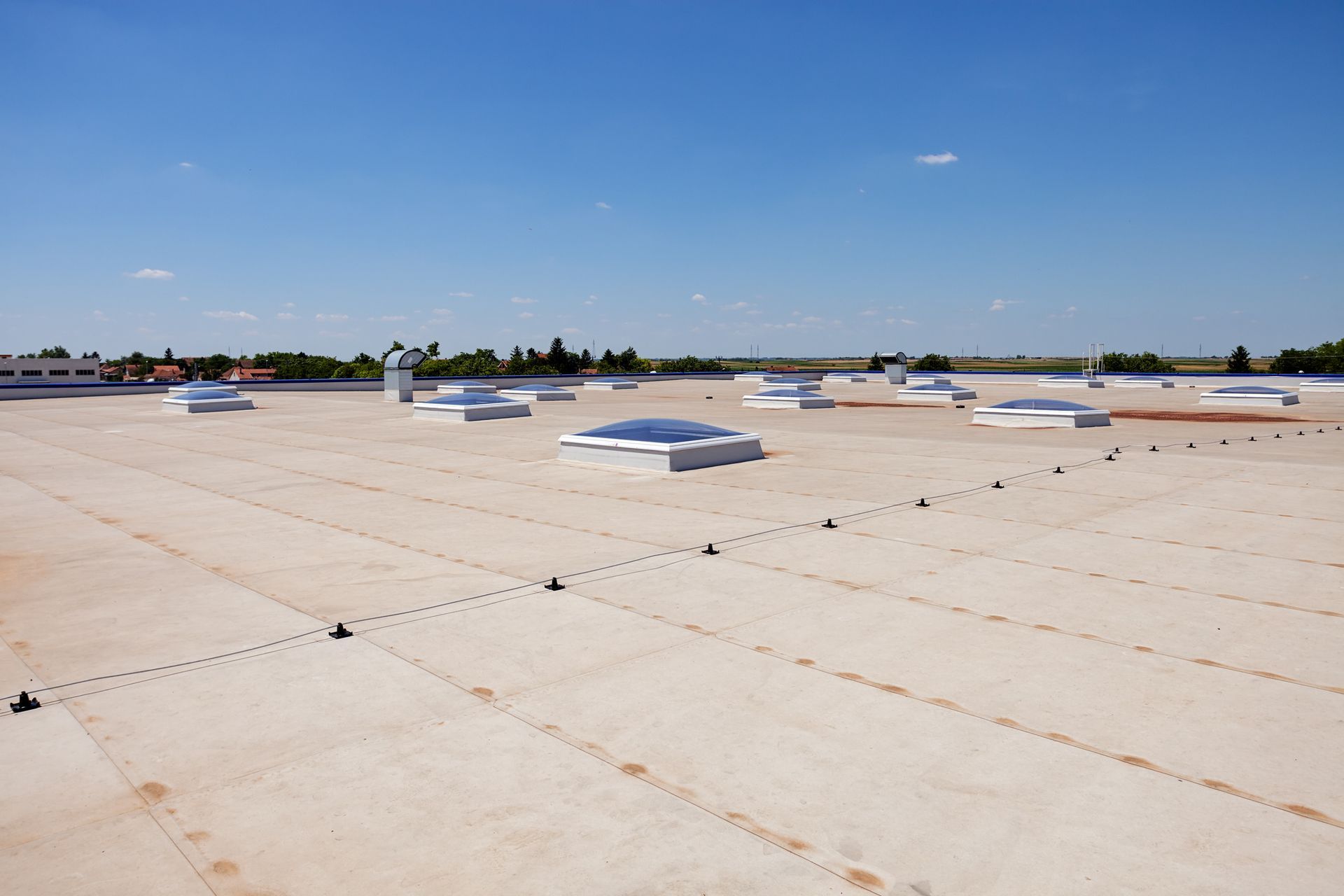Commercial Roof Readiness: Weatherproofing for Summer Storms
Weather unpredictability is a constant, yet how you gear up for it remains within your hands! Ensure your commercial roofing stands firm against summer tempests.
The rage of summer storms brings along a spree of extreme weather conditions. From fierce winds and torrential downpours to aggressive hail, each can inflict serious harm on your commercial roofing.
How much maintenance does a commercial roof need?
The maintenance needs of a commercial roof can vary depending on several factors such as the type of roofing material, age of the roof, climatic conditions, and the level of exposure to natural elements. Generally, regular inspections and maintenance are recommended at least twice a year, ideally in spring and fall, to ensure the roof remains in good condition. This routine helps identify and address minor issues before they escalate into significant problems. Additionally, maintenance frequency may increase for older roofs or those in areas with severe weather conditions, necessitating more frequent checks to mitigate wear and potential damage.
How can I protect my commercial roof from storm damage?
To protect your commercial roof from storm damage, it’s crucial to undertake regular maintenance and inspections. Keep the drainage system clear of debris to prevent water ponding and inspect the roof for any signs of wear or damage that could be exacerbated by harsh weather. Prioritize repairs of identified issues, such as fixing loose materials or sealing cracks, well before a storm is forecasted to minimize potential damage.
The primary shield against the havoc of severe weather begins with evaluating your commercial roofing's status before any storm hits. Adopting a proactive stance by conducting regular inspections can prevent minor issues from escalating. Moreover, maintaining your commercial roof free from debris and pooled water enhances its resilience to storm impacts, minimizing potential damage.
Committing to yearly inspections and preventative upkeep secures your commercial roofing in prime condition, ready to face harsh weather. This approach also aids in swiftly and precisely documenting any fresh storm-induced damage for insurance purposes.
How do you prepare a commercial roof for a storm?
Preparing a commercial roof for a storm involves several proactive steps. First, conduct a thorough inspection to identify and rectify any existing problems like cracks, blisters, or blocked drains. Securing loose equipment and trimming trees near the building can prevent additional damage from flying debris. Lastly, ensure all emergency contact information for roofing contractors is updated and easily accessible in case post-storm repairs are needed.
Storm Readiness Checklist:
- Initiate Regular Commercial Roofing Inspections
- Carry Out All Essential Repairs
- Inspect All Roofing Machinery
- Prune or Eliminate Any Trees Near the Building
- Fasten All Unattached Items on the Premises
- Confirm access to local and National Weather Services
For up-to-date and accurate alerts and forecasts regarding tornadoes, severe thunderstorms, lightning hazards, wildfires, and encompassing weather across the U.S., visit the National Weather Service Storm Prediction Center.
What To Do After a Summer Storm?
Water intrusion or leaks might be evident post-storm; however, certain damages aren’t as immediately apparent. Even a diligently maintained roof has its endurance limits against summer storms.
Procrastination isn't wise when checking for summer storm impacts on your roof. Engage in a follow-up commercial roof examination with All Seasons Roofing!
When do I need to schedule a commercial roof inspection?
Don’t delay in evaluating storm-induced damage.
Avoid climbing onto your roof post-storm! Steer clear of risking a rooftop assessment yourself after a storm! Connect with All Seasons Roofing for a professional, safe damage evaluation.
Commercial Roof Storm Damage
Post-summer storm, All Seasons Roofing can identify varied damages on your commercial property’s roofing:
Ponding
Ponding (persistent standing water) is an aftermath of storms on flat commercial roofs. If water lingers beyond 48-72 hours, it can rapidly degrade your roof's membrane causing mold, leaks, decay, and roof sagging. The resulting sag could encourage more water collection, pushing it towards total collapse under excessive weight.
Flashing Damage
Flashing serves as a crucial barrier along the flat commercial roof edges, sealing against water intrusion. Post-storm, if this flashing turns bent, rusted, dislodged, or damaged in other ways, its seal breaks down allowing water entry. Neglect could necessitate an entire roof overhaul.
Bubbles, Blisters, And Cracks
Bubbles, blisters, or cracks on your commercial roof's surface likely signal trapped moisture within. Presence of moisture within multi-layer roofing or between the membrane and insulation spells trouble if ignored, potentially leading to extensive issues.
Infrared Technology Unveils Hidden Moisture
Roofs face jeopardy from high winds irrespective of the materials used. The intense force can displace or damage the roof's flashing and membrane. Wind-blown debris can further exacerbate damage across the roof’s expanse. Unsecured equipment can also cause havoc by dragging over and harming the roofing surface.
Understanding Roof Repair Design Services
Hail poses a significant threat to commercial roofs by potentially denting or puncturing the membrane which may lead to pooling or leaks. Depending on your roofing material, hail impact might not be obvious at first glance but can cause unseen leaks risking the roof’s structural integrity.
When do I need to schedule a commercial roof inspection?
Scheduling a commercial roof inspection should occur at least twice a year; typically, this means conducting inspections in the spring and fall to address any issues arising from winter storms or summer heat before they become more serious. Additionally, it’s prudent to schedule an additional inspection following any major weather event or when signs of potential issues, like water intrusion or noticeable structural damage, become evident.
All Seasons Roofing stands as your unparalleled expert in commercial roof maintenance and repair, ensuring your establishment thrives through summer storms. With their seasoned professionalism and keen attention to detail, they guarantee your roofing needs are efficiently met, keeping you well-protected all year round. Entrust your roofing concerns to All Seasons Roofing and experience peace of mind with their dependable and skilled service.
